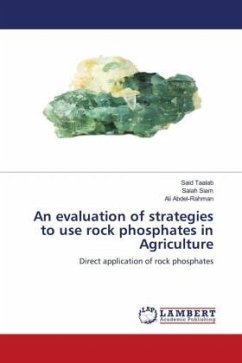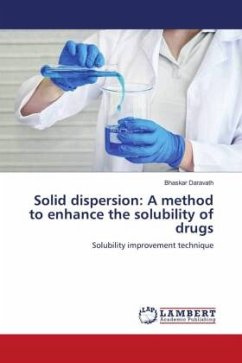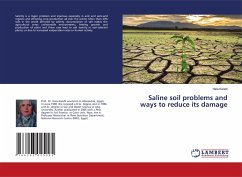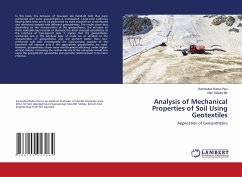Phosphorus is one of the three most important elements that a plant needs to complete its life cycle. Low bioavailability of phosphorus in soil from the applied phosphate fertilizers due to fixation/precipitation is considered the most critical factor in limiting optimum crop yields. Therefore, obtaining alternative sources of phosphate fertilizer at a low cost has become one of the most important requirements of this stage. Rock phosphate is one of the low-cost sources of phosphorus, but it is not preferred to add it directly to the soil due to its low solubility because of its very poor water solubility (0.1%). From the previous studies on rock phosphate, it was found that the availability of the phosphorus can be increased in several ways, among these ways partial acidification or the addition of biological fertilizers to rock phosphate, which leads to improvement and increased efficiency.Combination with oxalic acid plus ammonium thiosulfate and mixing them with rock phosphate has an effective effect on increasing the yield parameters of crops. The use of oxalic acid and ammonium thiosulfate represents many unique features such as ease of addition and increase in crop yield.
Bitte wählen Sie Ihr Anliegen aus.
Rechnungen
Retourenschein anfordern
Bestellstatus
Storno








